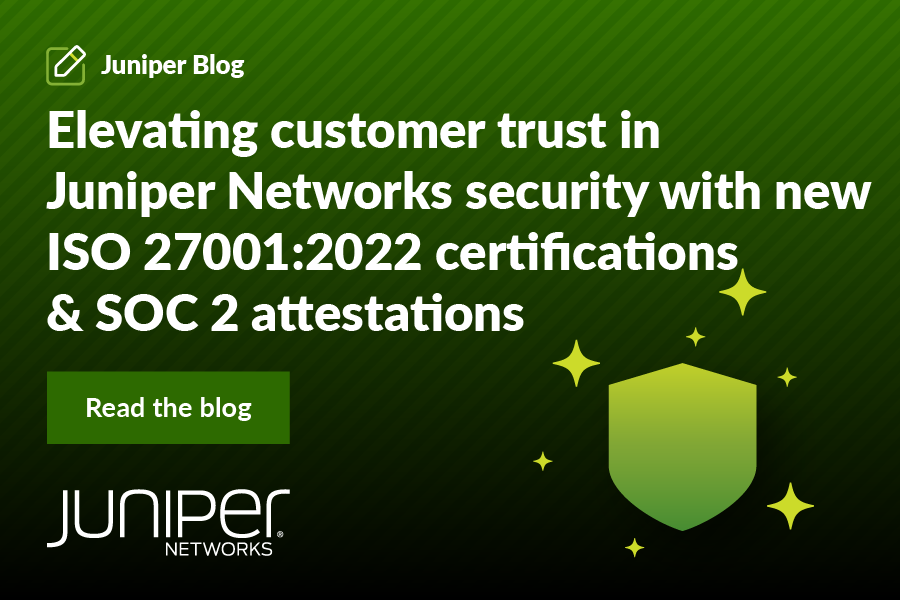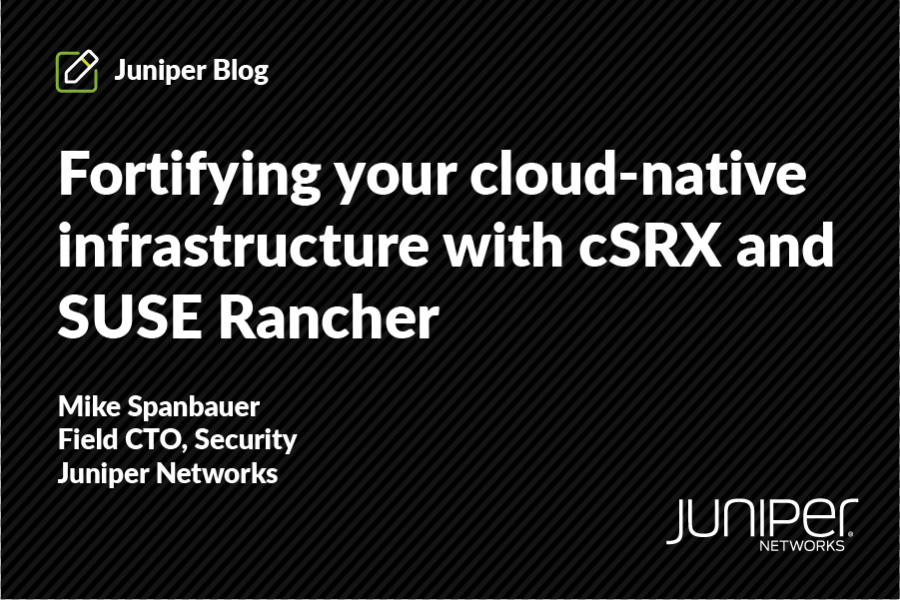There are many “cyber gangs” out there wreaking havoc wherever there’s an opportunity to do so, especially with the current geopolitical climate. As the past year has clearly shown us, today’s wars will not only be fought in the physical world, but also on the “cyber front” – and the more involved a nation-state may be, the more brazen its attackers become.
While no organization should consider itself safe from this and should redouble its efforts and defenses against such potential attacks, the fact remains that they still need to be especially vigilant about high-risk and nontraditional attack vectors alike – namely, their own users and their own supply chains.
Users Unknowingly Create Risk
Users have long been considered the network’s weakest link, ever since the first phishing attempt was recorded in 1996. Users have a legitimate reason to request access to internal resources – and they don’t have the level of security knowledge that security teams would like them to have. This makes them excellent targets to exploit with phishing attacks, social engineering efforts, malware and more. Users remain the single attack vector that no technology can effectively solve.
Remote work also increased the potential for security issues even before the onset of the pandemic. Now, a couple of years later, with hybrid work being a norm that every enterprise needs to support, there are far too many potential issues to account for.
However, while anyone who uses the internet would do well to understand the dangers of the digital world and how to protect themselves and their digital information, users shouldn’t have to be on high alert every time they log into their devices. It’s simply unrealistic.
Security technology needs to be both effective and support processes that make security nearly invisible to the end user. When users are forced to think about security or are impacted by security policies, they become the network’s worst enemy and work around those policies, opening up additional attack vectors – sometimes without knowing so. The principles of Zero Trust as applied to users — authentication, authorization, access, security policies — should follow the user wherever they go to provide a seamless and positive end-user experience.
Understanding the Supply Chain to Protect It
On the other hand, supply chain attacks are particularly dangerous because we generally have a higher level of trust in them. Most supply-chain processes are automated, which is why the potential impact is so massive. Supply-chain attacks are difficult to detect, and by the time they are detected and mitigated, many thousands of orders, services, etc. have already been consumed by as many organizations.
The most infamous supply chain attack was Target in 2013, when attackers gained access to customer data through the retailer’s HVAC supplier. This incident, and others since then, have underscored just how much trust we put into our supply chains, and why we shouldn’t – or rather, why the principles of Zero Trust need to extend to the supply chain. For example, segmenting devices and third party access to the network, and implementing technology that will alert providers and recipients as to when goods and services have been tampered with, are critical to protecting against these sorts of attacks.
How Juniper Can Help
This is where Juniper comes in. With a Secure Access Service Edge (SASE) approach, networking and security are integrated, while providing direct, protected access for users – wherever they are. Network controls are as close to the end user as possible, delivering protection, ensuring quick access to applications and establishing consistent security enforcement. In addition, that security visibility and single point of control is extended to all data center environments, automating Zero Trust adoption through unbroken visibility and a single-policy experience, even as network architectures change.
Juniper offers full-stack SD-WAN and Secure Service Edge (SSE) capabilities that leverage the power of the cloud to optimize both the network and security experience. By protecting the end-user employees through stronger security, SASE protects the user, the user’s access to data – and the organization from the user, should they become compromised.
To learn more about how security and networking teams have to work together to overcome these constant challenges and attacks, watch our webinar that highlights the state of SASE, security and SD-WAN; how to approach SASE from both a security and a networking point of view; and shares considerations for choosing the right vendor to achieve a SASE architecture.

























